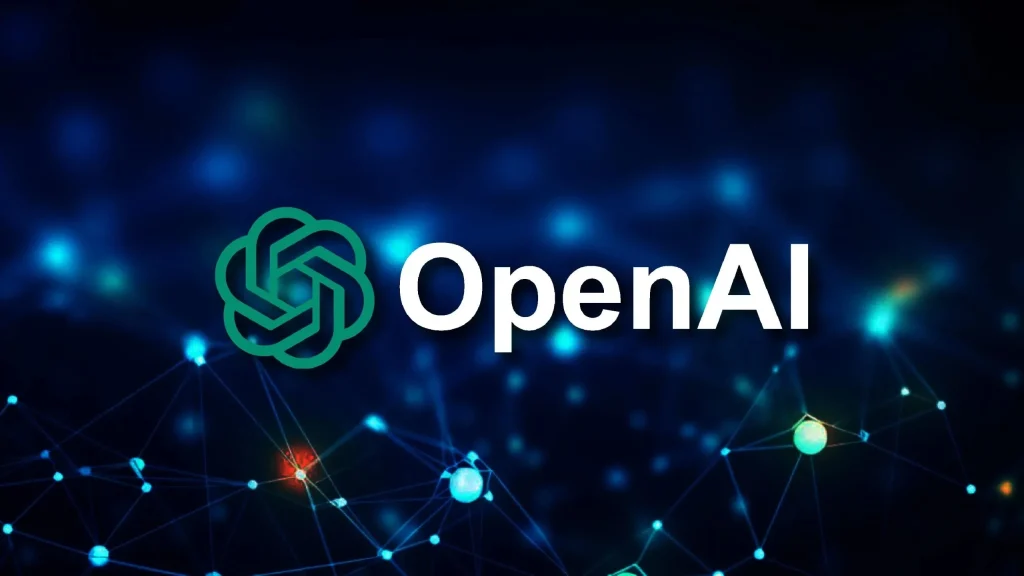OpenAI has recently unveiled two innovative artificial intelligence (AI) models, o3 and o4-mini, which are designed to significantly enhance reasoning capabilities in a wide array of applications. These new models promise to drive advancements in fields like coding, mathematics, science, and visual reasoning, marking a major milestone in AI development. As AI continues to reshape industries, the introduction of these models is poised to address challenges in both efficiency and versatility, making them essential tools for developers and businesses alike.
What Are the o3 and o4-mini Models?
The two models, o3 and o4-mini, represent OpenAI’s next step in improving the reasoning capabilities of AI systems. The o3 model, aimed at high-performance tasks, excels in complex areas such as coding, scientific problem-solving, and mathematical reasoning. On the other hand, o4-mini is a more compact version that focuses on delivering speed and cost-efficiency, making it ideal for real-time applications where performance needs to be balanced with resource usage.
These models are part of OpenAI’s continued commitment to developing AI systems that can reason with human-like accuracy, handle diverse challenges, and offer practical solutions to industries that rely on advanced computational power.
Why Are These Models Important?
Revolutionizing Problem-Solving
One of the key advantages of the o3 model is its ability to perform advanced reasoning in complex scenarios. For example, it can be used to solve difficult mathematical proofs, assist with scientific research by analyzing data patterns, and even provide more nuanced insights into technical fields like coding and algorithm design. These capabilities allow professionals and organizations to accelerate innovation and solve problems that were once deemed too intricate for automated systems.
The o3 model’s ability to tackle a broader range of intellectual tasks provides substantial improvements over existing AI models, which were typically limited in scope or required significant human input for interpretation and error-checking.
Efficiency and Cost-Effectiveness with o4-mini
While the o3 model focuses on high-level reasoning, the o4-mini has been designed with a focus on efficiency and accessibility. This model offers a smaller, faster alternative that still delivers impressive performance for a wide variety of tasks. Its cost-effective nature makes it an excellent choice for businesses and individuals looking to deploy AI solutions at scale without the need for substantial infrastructure or expensive processing resources.
This efficiency ensures that industries where speed and cost are critical—such as customer service, real-time analytics, and rapid data processing—can benefit from advanced AI without being burdened by the resource constraints typically associated with more powerful models.
The Potential Applications of o3 and o4-mini
Enhancing Software Development and AI Programming
One of the most promising uses of the o3 model lies in software development. The model’s ability to analyze code and provide suggestions for improvement is invaluable for developers. By enhancing existing code bases or optimizing software solutions, o3 can speed up the software development lifecycle, improve the quality of code, and reduce the time taken to bring products to market.
Additionally, o3’s capabilities in logical reasoning and problem-solving make it a powerful tool for debugging and testing software. AI-driven systems that can automatically detect bugs and suggest fixes will significantly reduce the reliance on human intervention, thus increasing efficiency.
Advancing Healthcare and Medical Research
AI’s potential in healthcare is immense, and the introduction of o3 and o4-mini is expected to further transform the field. With o3’s advanced reasoning capabilities, AI systems can better analyze large datasets in medical research, identify new trends, and even assist in diagnosing complex conditions. By examining patterns in medical data, the model can help researchers make faster, more informed decisions in clinical trials and other scientific endeavors.
For instance, o3 could be used to analyze genomic sequences, track disease progression, or predict patient responses to treatments, thereby pushing the boundaries of personalized medicine and improving overall healthcare outcomes.
Revolutionizing Education and Learning Tools
The capabilities of these models will also have a profound impact on education. With o3’s in-depth understanding of complex subjects like mathematics and science, AI-driven educational tools can offer more tailored and adaptive learning experiences for students. These tools can provide real-time feedback, suggest personalized learning paths, and even tutor students on intricate topics that require critical thinking.
Moreover, o4-mini’s speed and efficiency make it an excellent option for interactive learning environments, where students need immediate answers to their questions. It can be integrated into digital learning platforms to assist with homework, assignments, or understanding difficult concepts.
Impact on Creative Industries
AI’s role in creative industries such as art, music, and design is growing, and the introduction of these models expands that potential. o3’s ability to reason through complex creative challenges can help artists and designers generate new ideas, refine concepts, and even automate certain aspects of the creative process. For instance, it could assist graphic designers in creating intricate layouts or help musicians compose complex melodies based on user input.
o4-mini’s efficient operation makes it suitable for real-time creative tasks, such as generating digital art in response to user prompts, adjusting designs instantly based on feedback, or creating adaptive storylines in video games.
How OpenAI is Leading the Charge
OpenAI’s commitment to advancing AI is reflected in its continuous development of more sophisticated models that push the boundaries of what’s possible in machine learning. By introducing o3 and o4-mini, OpenAI is not only expanding the range of tasks AI can handle but also addressing the needs of industries that demand both performance and efficiency.
As AI technology evolves, OpenAI’s models are setting new standards for how artificial intelligence can augment human capabilities. The o3 and o4-mini models are part of a broader trend in AI development, where the focus is on creating systems that can work autonomously in real-world applications, from improving healthcare to transforming education and driving technological innovation.
The Future of AI: What’s Next?
While the release of the o3 and o4-mini models is a significant milestone, the future of AI promises even greater advancements. OpenAI is already exploring ways to further enhance these models, adding new features, expanding their capabilities, and ensuring that they can operate in diverse environments.
In the coming years, we can expect more AI models designed for specific industries, with greater personalization and adaptability. The integration of AI into everyday life will become more seamless, with intelligent systems embedded in everything from consumer devices to business operations, all the while maintaining ethical standards and human oversight.
OpenAI’s innovations, such as the o3 and o4-mini, mark the beginning of a new era in AI where reasoning and efficiency are key to unlocking new opportunities and solving some of the world’s most pressing challenges.
Conclusion
The unveiling of o3 and o4-mini by OpenAI is a significant step forward in the evolution of artificial intelligence. These models address both the need for high-level reasoning and efficiency, offering a broader range of applications across industries such as software development, healthcare, education, and creative sectors. As AI technology continues to mature, it will be exciting to see how these models will transform industries and the way we interact with technology on a daily basis. OpenAI’s commitment to pushing the boundaries of AI’s potential is clear, and the future looks promising for the AI-powered solutions of tomorrow.












